Beneath the rough bark of elm trees across Europe and North America, a tiny but devastating drama unfolds daily. The European elm bark beetle (Scolytus multistriatus), measuring just 2-3mm long, carries an outsized influence on forest ecosystems worldwide. This unassuming insect serves as the primary vector for Dutch elm disease, a fungal infection that has decimated elm populations across continents. The relationship between beetle and fungus represents one of the most consequential symbiotic partnerships in forest ecology, reshaping landscapes and challenging conservationists for decades. As we explore this remarkable insect and its fungal passenger, we’ll uncover not just a story of ecological disruption, but also of evolutionary adaptation, complex biological relationships, and the ongoing struggle to protect iconic tree species from this formidable duo.
The European Elm Bark Beetle: A Brief Introduction

The European elm bark beetle (Scolytus multistriatus) is a small, cylindrical insect belonging to the family Curculionidae, subfamily Scolytinae. Native to Europe, this beetle was accidentally introduced to North America in the early 20th century through shipments of unpeeled elm logs. Despite its diminutive size—typically only 2-3mm in length—it has become one of the most economically and ecologically destructive forest insects in history. The beetle is dark brown to black with reddish legs and antennae, featuring distinctive spines on its rear end that help entomologists distinguish it from similar species. While the beetle itself causes limited direct damage to trees, its role as the primary vector for Dutch elm disease has made it notorious among foresters, arborists, and conservationists worldwide.
Origins and Global Spread
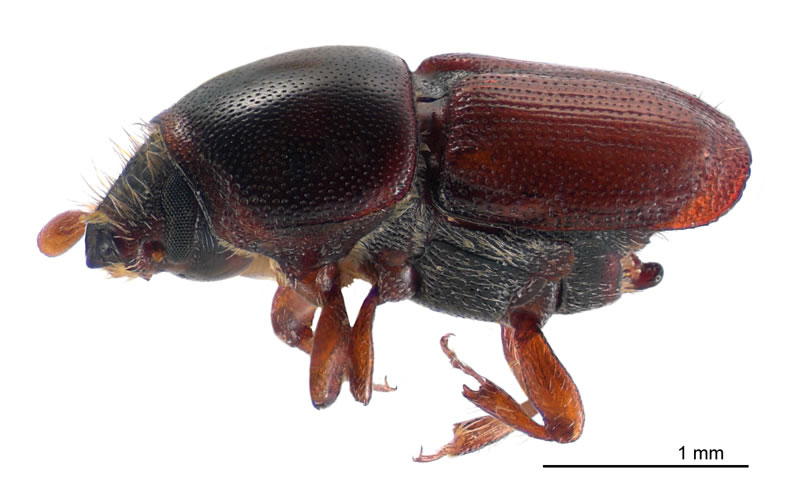
The European elm bark beetle evolved alongside European elm species, establishing a relatively balanced ecological relationship in its native range. Historical records suggest the beetle has been recognized as a forest pest in Europe for centuries, though its full impact wasn’t understood until the emergence of Dutch elm disease. The beetle first appeared in North America around 1909, detected in Boston, Massachusetts, likely arriving in elm logs imported for veneer production. From this initial introduction point, the beetle spread rapidly across the continent, reaching the Midwest by the 1930s and the West Coast by the 1970s. Its expansion was facilitated by human transportation of infected wood, the abundance of susceptible elm species in North America, and the beetle’s own impressive dispersal capabilities. Today, the European elm bark beetle can be found throughout most elm-growing regions worldwide, including parts of Asia, Australia, and New Zealand, making it truly a global forest pest.
Understanding Dutch Elm Disease
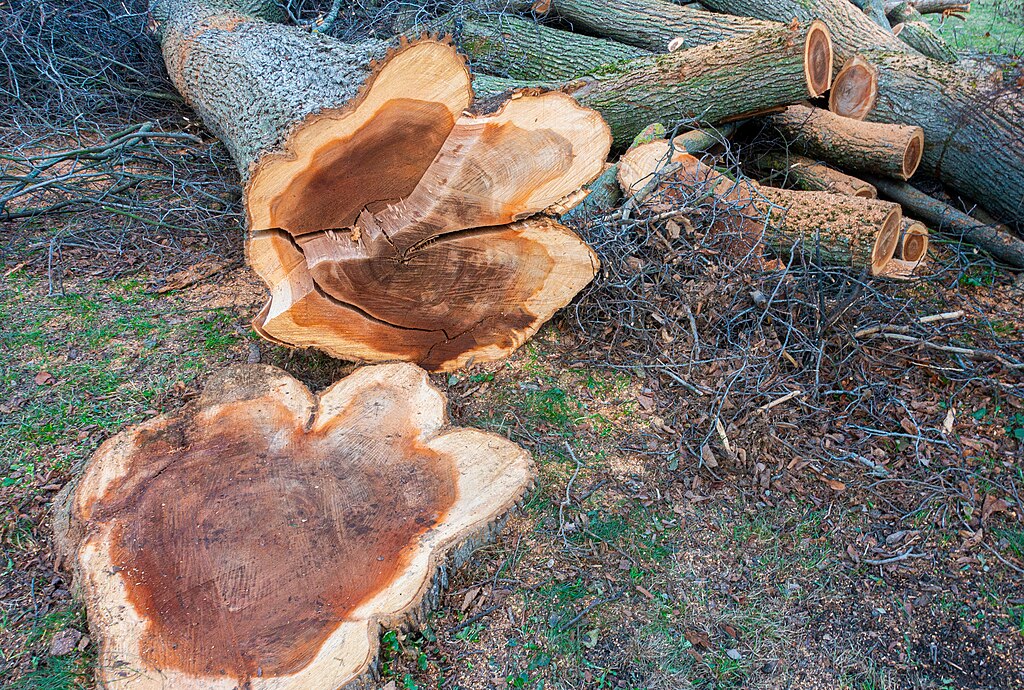
Dutch elm disease is caused primarily by the fungus Ophiostoma novo-ulmi, with an earlier, less aggressive variant called Ophiostoma ulmi. Despite its name, the disease was first identified in the Netherlands in 1919 by Dutch phytopathologists Bea Schwarz and Christine Buisman, though the pathogen likely originated in Asia. The fungus invades the tree’s water-conducting vessels (xylem), triggering the tree’s defensive responses that unfortunately end up blocking water transport. This blockage leads to the characteristic wilting, yellowing, and browning of leaves—often in a flaglike pattern on individual branches—before progressing to the entire crown. Once infected, American elm trees typically die within 1-3 years, while European elms may survive slightly longer. The fungus spreads within the tree through its vascular system, eventually disrupting water transport so severely that even healthy-appearing parts of the tree can no longer receive sufficient moisture, leading to rapid decline and death.
The Beetle’s Life Cycle
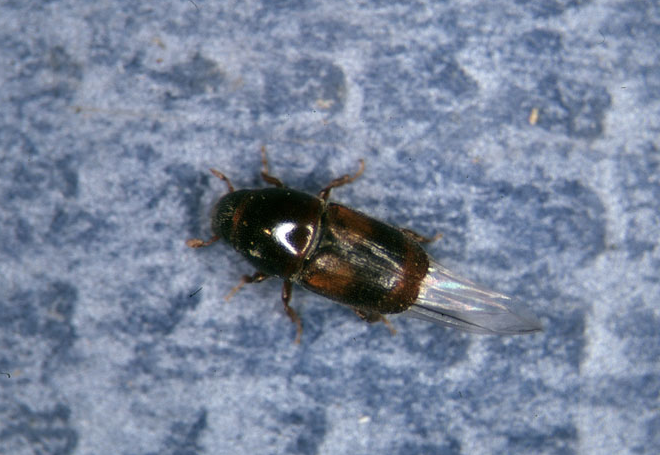
The European elm bark beetle undergoes complete metamorphosis with four distinct life stages: egg, larva, pupa, and adult. In spring, overwintering adults emerge from their hibernation sites when temperatures consistently exceed 50°F (10°C) and begin seeking suitable breeding material, primarily weakened, dying, or recently dead elm trees. Female beetles bore through the bark and create a maternal gallery in the phloem layer, laying 50-150 eggs along this tunnel. After hatching, larvae create their own feeding galleries that radiate perpendicular to the maternal gallery, creating distinctive “fishbone” patterns under the bark. The larvae feed for 3-6 weeks before pupating at the end of their galleries. New adults emerge by boring exit holes through the bark, often immediately seeking feeding sites on healthy elm twigs—a critical moment for disease transmission. In warmer climates, the beetle can complete 2-3 generations annually, while in colder regions, usually only one generation occurs per year.
The Fungal Hitchhiker: How Beetles Transmit Disease

The relationship between the European elm bark beetle and the Dutch elm disease fungus exemplifies a sophisticated form of symbiosis that benefits both organisms while devastating elm trees. The fungus produces sticky spores in specialized structures called synnemata within the galleries of infected trees, which adhere to the beetle’s body as it emerges from its pupal chamber. Adult beetles then carry these spores to healthy trees during their maturation feeding, which occurs in the twig crotches of healthy elms. As beetles create feeding wounds, they deposit fungal spores directly into the tree’s vascular system—essentially injecting the pathogen into the perfect environment for growth. Meanwhile, the fungus benefits the beetle by helping to overcome tree defenses and creating ideal breeding conditions as trees weaken. The fungus can also be transmitted when healthy and diseased root systems graft together underground, allowing the pathogen to move between trees without beetle involvement—a process called root transmission that can affect trees within 50 feet of each other.
Physical and Behavioral Adaptations
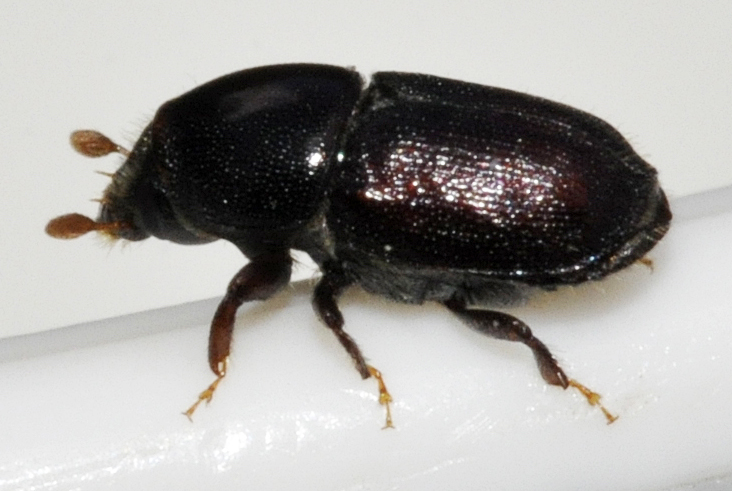
The European elm bark beetle possesses remarkable adaptations that make it an exceptionally effective disease vector and invasive species. Its compact body allows it to navigate the narrow spaces between bark and wood, while specialized mouthparts enable efficient boring through tough bark tissues. The beetle’s exoskeleton includes microscopic pits and grooves that inadvertently trap fungal spores, facilitating consistent disease transmission without affecting the beetle itself. Behaviorally, these insects show sophisticated host selection capabilities, detecting stress-related volatile compounds released by weakened elms for breeding sites while seeking healthy elms for feeding. The beetles communicate through pheromones, with females producing aggregation pheromones that attract both males and other females to suitable breeding sites, creating mass attacks that can overwhelm even relatively healthy trees’ defenses. Perhaps most importantly, the beetle’s lifecycle synchronizes perfectly with elm biology and fungal development, maximizing both reproductive success and disease transmission across the growing season.
Ecological Impact and Elm Decline
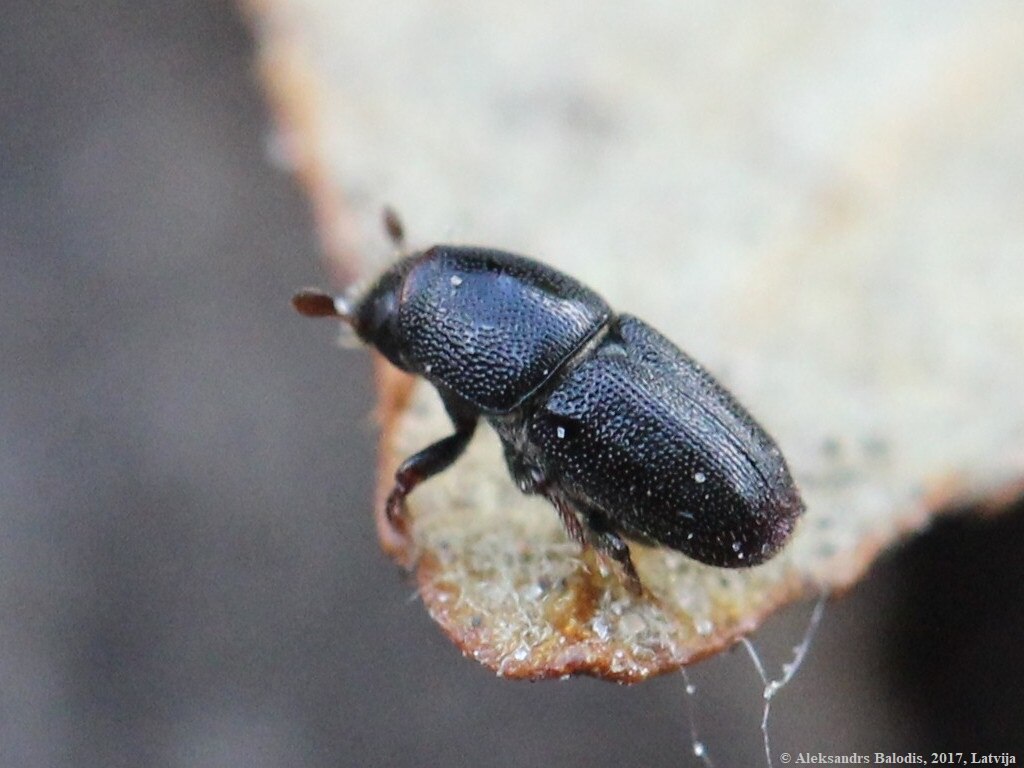
The introduction of the European elm bark beetle and Dutch elm disease has fundamentally transformed forest ecosystems across North America and parts of Europe. Before the disease, American elms were dominant trees in many forest types and iconic street trees in countless cities and towns, valued for their vase-shaped canopies and tolerance of urban conditions. Since the 1930s, Dutch elm disease has killed an estimated 77 million American elms in North America alone, forever altering the composition of forests and urban landscapes. The loss of mature elms created cascading ecological effects, including reduced habitat for countless bird and insect species that depended on them. The rapid death of elms also disrupted forest succession patterns, allowing early-successional species to dominate areas previously characterized by elm-dominated climax communities. In urban environments, the removal of stately elms lining streets created immediate changes to neighborhood character, reducing shade, aesthetic value, and even property values in affected areas.
Detection and Monitoring Methods
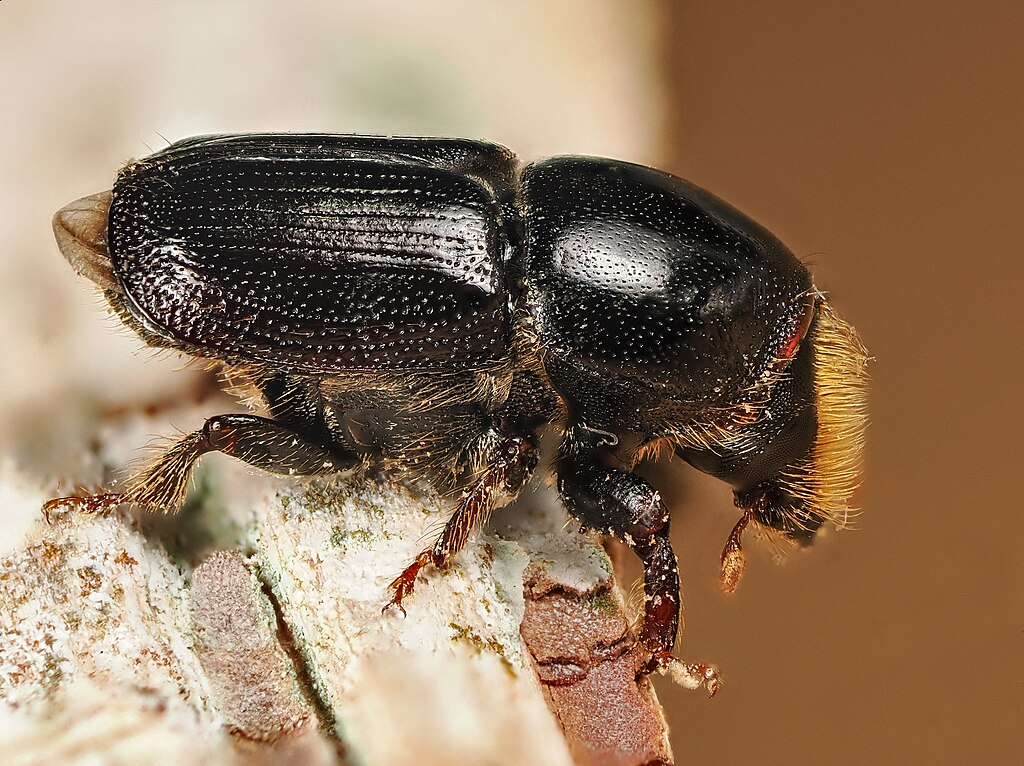
Effective management of Dutch elm disease requires sophisticated detection systems to identify both beetle populations and fungal infections before they spread widely. Entomologists and forest health specialists employ multiple monitoring techniques, including pheromone-baited traps that attract adult beetles for population assessment and early detection of range expansion. Visual surveys remain crucial, with trained observers looking for wilting patterns, discolored foliage, and the characteristic brown streaking in the sapwood that indicates fungal infection. Branch sampling from suspicious trees allows laboratory confirmation of infection through culturing techniques or modern molecular methods like PCR testing that can detect fungal DNA. Remote sensing technologies, including aerial and satellite imagery with spectral analysis, are increasingly used to detect stress patterns in elm populations across large areas, sometimes identifying disease clusters before they’re visible from the ground. Early detection is critical because management options decrease dramatically once the disease is widely established in an area.
Control Strategies and Management
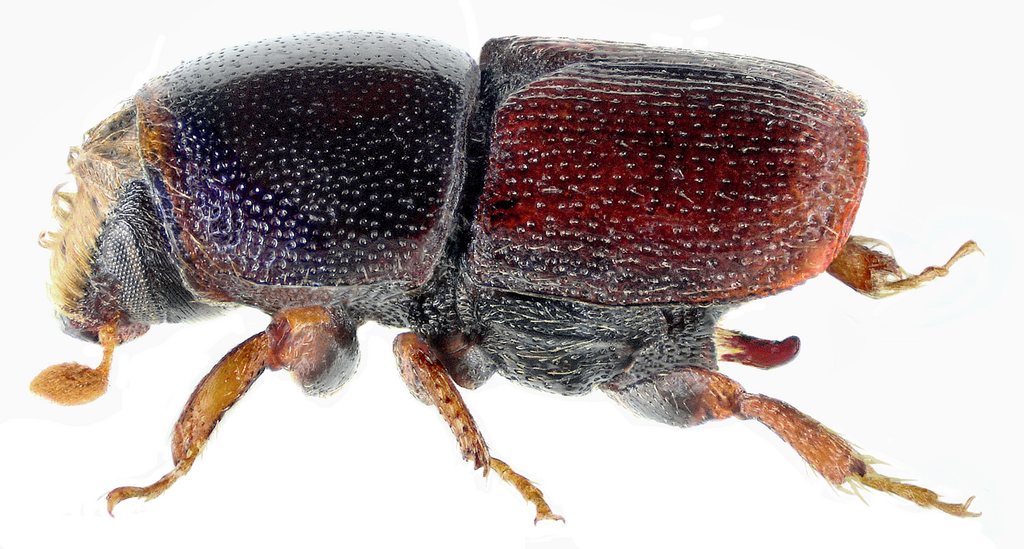
Controlling the European elm bark beetle and Dutch elm disease requires integrated approaches targeting both the insect vector and the fungal pathogen. Sanitation remains the foundation of management, involving prompt removal and destruction of infected trees and potential breeding material before beetles can emerge and spread. Prophylactic treatments with systemic fungicides like propiconazole and thiabendazole have shown effectiveness in preventing infection in high-value trees, though these treatments must be repeated every 1-3 years and can be costly. Insecticide applications targeting adult beetles during feeding periods can reduce transmission rates, with products containing permethrin or bifenthrin providing the best protection when properly timed. Biological control options remain limited, though some natural predators and parasitoids of bark beetles show promise in reducing populations. Perhaps most importantly, maintaining tree health through proper watering, mulching, and protection from construction damage can help elms naturally resist both beetle attacks and fungal colonization, as stressed trees are always more susceptible to both.
Resistance Breeding and Tolerant Varieties
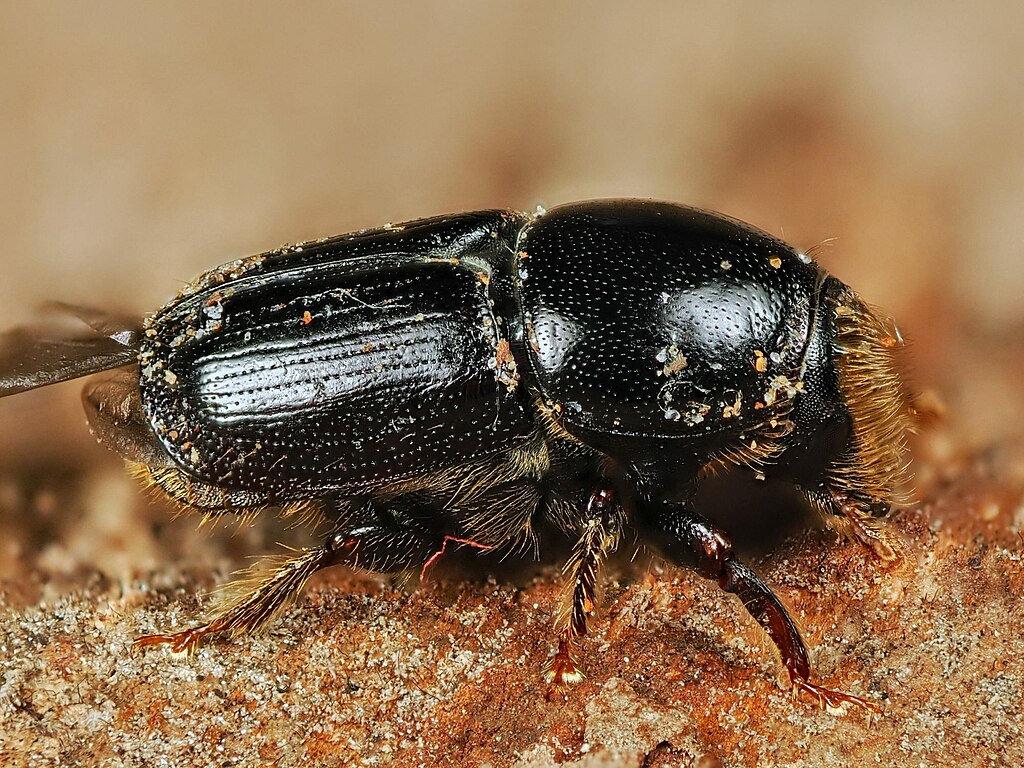
The development of disease-resistant elm varieties represents the most promising long-term strategy for coexistence with the European elm bark beetle and Dutch elm disease. Breeding programs began as early as the 1930s in the Netherlands and have expanded globally, utilizing both traditional cross-breeding techniques and modern genetic approaches. American elm selections like ‘Princeton’, ‘Valley Forge’, and ‘New Harmony’ demonstrate significant disease tolerance while maintaining the classic American elm form. Asian elm species naturally resistant to the disease have been incorporated into hybrid breeding programs, resulting in successful cultivars like ‘Accolade’, ‘Triumph’, and ‘Frontier’ that combine disease resistance with desirable growth habits. Molecular techniques now allow researchers to identify and potentially transfer specific resistance genes, accelerating the development process beyond traditional breeding timelines. These resistant varieties are increasingly being planted in reforestation efforts and urban forestry programs, gradually restoring elms to landscapes where they were once lost, though the genetic diversity of wild elm populations remains severely compromised.
Economic and Cultural Impact
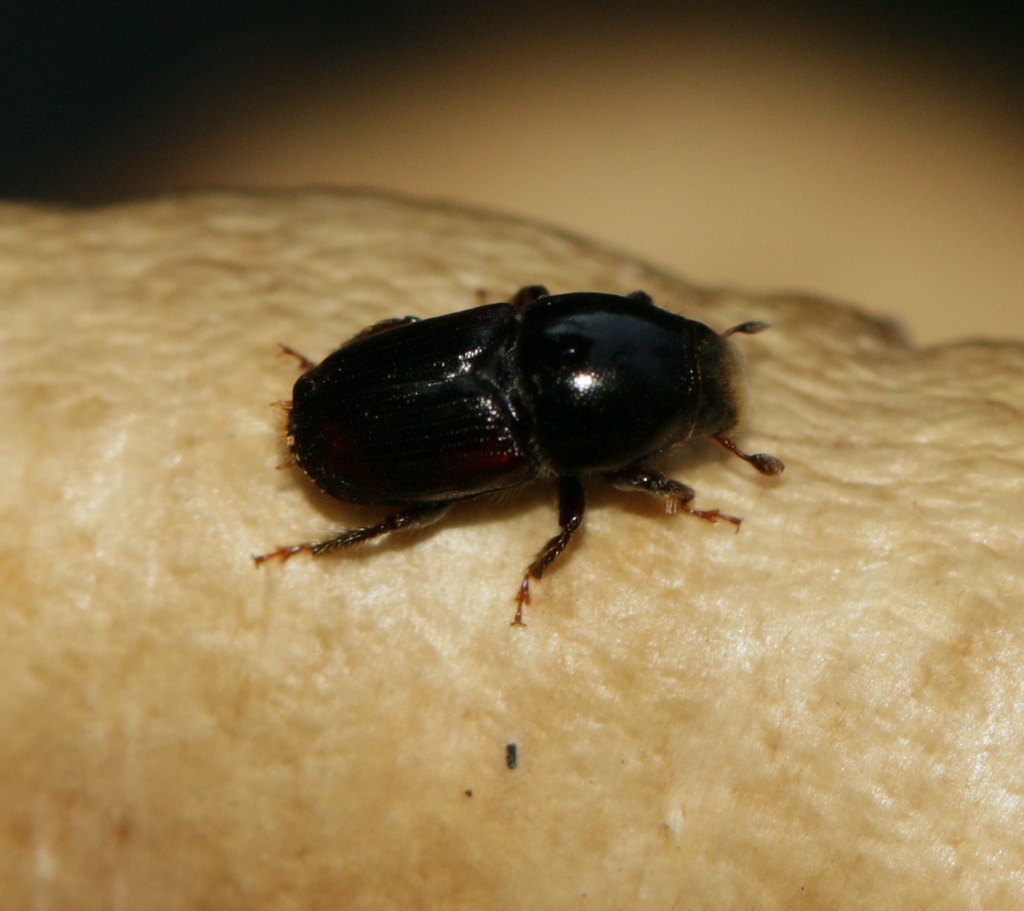
The economic consequences of the European elm bark beetle and Dutch elm disease extend far beyond the direct costs of tree removal and replacement. In the United States alone, billions of dollars have been spent on elm management, removal, and replacement over the past century. Property values in many communities declined measurably after the loss of mature elm canopy, with studies showing reductions of 5-20% in severely affected neighborhoods. The cultural impact has been equally profound, as generations of Americans and Europeans grew up with elm-lined streets and town squares that symbolized community identity and civic pride. Literary references to elms appear throughout Western literature, from ancient poetry to modern novels, reflecting their deep cultural significance. Many communities hold deeply emotional connections to their remaining elms, investing substantial resources in their preservation as living monuments. The loss of elms also affected traditional industries, from furniture making to musical instrument production, as this once-abundant hardwood became increasingly scarce in the marketplace.
Similar Beetle-Fungus Relationships

The relationship between the European elm bark beetle and Dutch elm disease exemplifies a broader ecological phenomenon of bark beetle-fungal partnerships that affect forest ecosystems worldwide. The mountain pine beetle (Dendroctonus ponderosae) carries blue-stain fungi that help overcome pine tree defenses in western North America, contributing to massive forest die-offs across millions of acres. Similarly, the redbay ambrosia beetle (Xyleborus glabratus) transports the laurel wilt fungus, decimating redbay and sassafras populations throughout the southeastern United States since its introduction in the early 2000s. The polyphagous shot hole borer (Euwallacea sp.) actively farms fungal symbionts in its galleries, creating a complex ecological relationship that threatens hundreds of tree species in California and beyond. These relationships often represent cases of co-evolution, where insects and fungi have developed mutually beneficial associations over evolutionary time. Understanding these complex relationships helps scientists develop more effective management strategies for bark beetle outbreaks and informs our understanding of how similar threats might emerge in the future.
Current Research and Future Directions
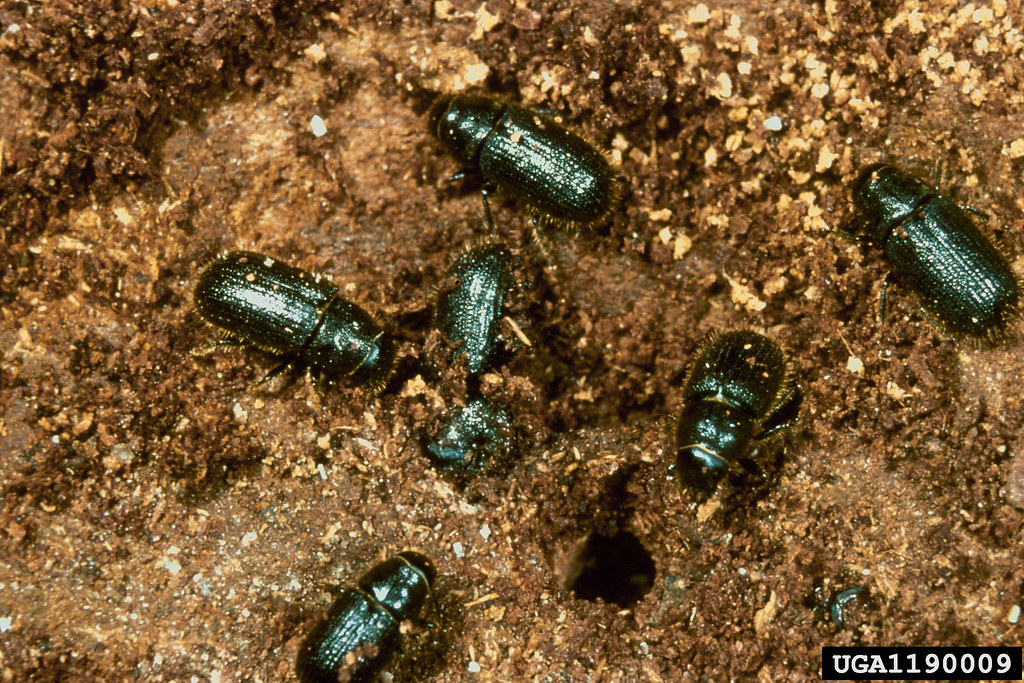
Scientific research on the European elm bark beetle and Dutch elm disease continues to evolve, offering new hope for elm conservation and restoration. Genomic studies of both resistant and susceptible elm species are identifying specific genetic markers associated with disease tolerance, potentially enabling more precise breeding and selection programs. Microbiome research is exploring how communities of beneficial microorganisms within elm tissues might be enhanced to improve natural disease resistance. Novel control techniques, including RNA interference (RNAi) technology that could specifically target the beetle or fungus without affecting other organisms, show promise in laboratory settings. Researchers are also investigating climate change impacts on beetle population dynamics and disease progression, with some models suggesting that warming temperatures could accelerate beetle reproduction cycles while potentially stressing elm populations through drought and heat. Conservationists are increasingly focusing on maintaining genetic diversity in remaining elm populations, establishing living gene banks to preserve rare genotypes that might contain naturally occurring resistance genes that could prove valuable for future breeding efforts.
Citizen Science and Conservation Efforts
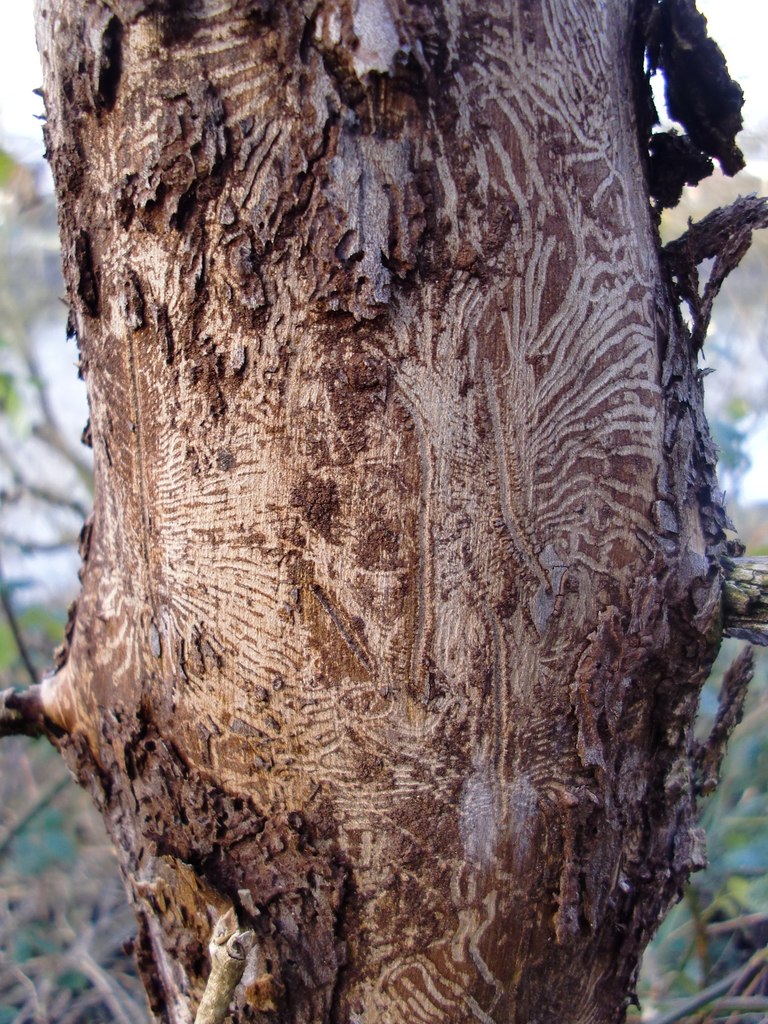
Engaging the public has become an essential component of elm conservation efforts, with citizen science initiatives playing an increasingly important role in monitoring and management. Programs like “Elms Across America” and the “Sentinel Elm Project” train volunteers to identify, monitor, and report elm trees in their communities, creating valuable distribution data while fostering public awareness. Conservation organizations partner with schools and community groups to plant resistant elm varieties, creating living laboratories where students can learn about forest ecology, invasive species, and conservation biology. Urban forestry departments in many cities maintain “heritage elm” programs that provide specialized care for surviving mature elms, often incorporating public education components that highlight these trees’ historical and ecological significance. Digital platforms now allow citizens to report elm sightings and potential disease symptoms through smartphone apps, with the data feeding directly into research databases that track elm populations and disease spread. These collaborative approaches not only extend monitoring capabilities beyond what professional scientists could accomplish alone but also build crucial public support for conservation funding and policies.
Conclusion
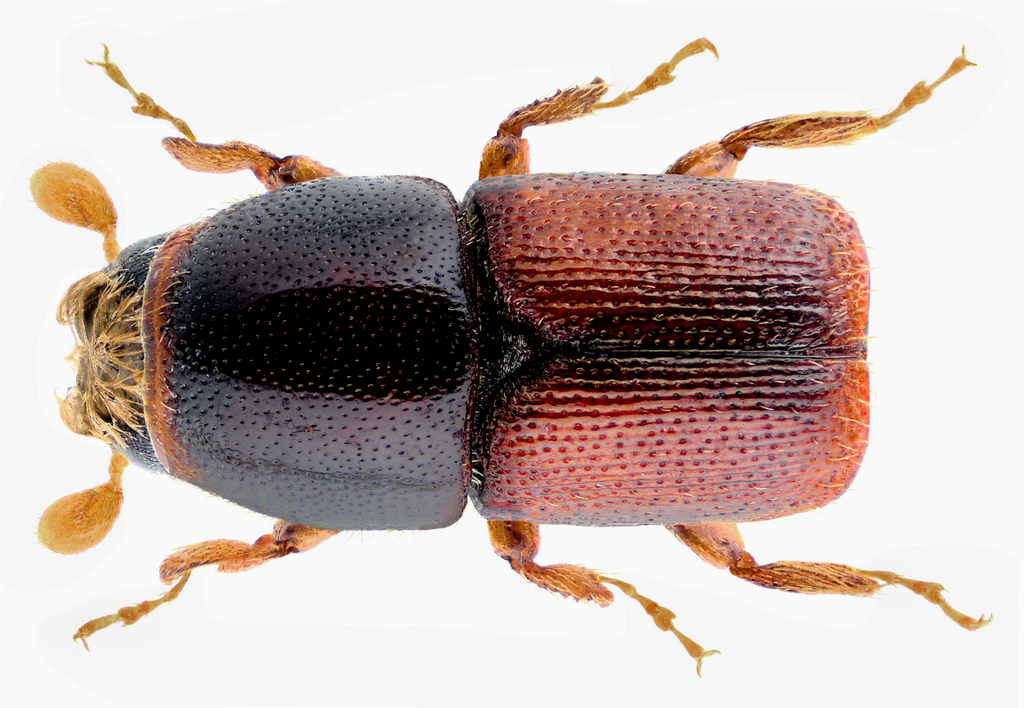
The European elm bark beetle may be small in stature, but its impact on forest ecosystems has been profound and far-reaching. As the primary vector for Dutch elm disease, this tiny insect has reshaped landscapes, altered urban environments, and challenged our understanding of invasive species management. Yet the story of the beetle and its fungal passenger also demonstrates nature’s complexity—how evolutionary relationships form, how ecosystems respond to new pressures, and how humans can intervene in these dynamics. Through continued research, thoughtful management strategies, and public engagement, we’re gradually developing more effective approaches to coexisting with this formidable insect. While the magnificent elm forests of the past may never fully return, our growing understanding of the European elm bark beetle and Dutch elm disease offers valuable lessons for addressing current and future forest health threats in an increasingly interconnected world.

